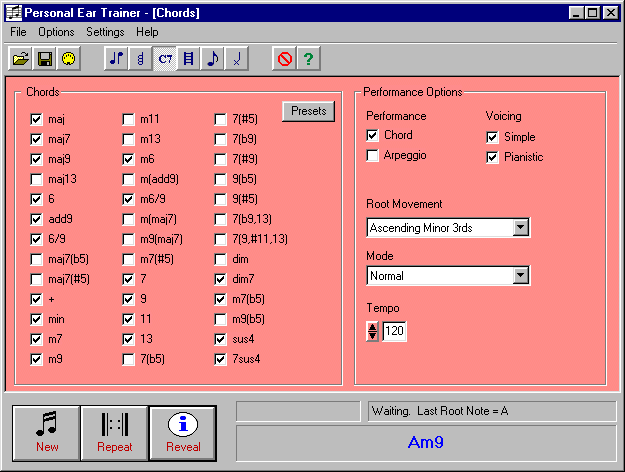
Research from the Malawi Institute of Education supports this method especially in the development of language learning: Using these technology resources, primarily through “drill and practice” methods, reinforces the concepts of theory and ear training taught during rehearsals as well as develops independent skills for your singers, which encourages greater confidence and assurance.ĭrill and practice methods using quality Internet tools are highly effective in reinforcing theory and ear training concepts from the rehearsal. The Internet provides many resources that give developing musicians the confidence needed when preparing to sight read independently. In a group setting, it may be easier for students to recall the steps for working through an exercise but quickly forget what to do next when performance pressure and anxiety weigh in.

Performance anxiety and basic musicianship skills come together in a “perfect storm” of questions such as “What do I do first?” “How do I find my first pitch?” and “How do I know I did well?”Īs teachers, we may spend adequate amounts of time training our choirs to sight sing as an ensemble only to find that students still require additional help when having to read by themselves. Compounding the issue for singers includes the psychological effects of the quality of their musicianship reflecting in direct proportion to their ability to sight read. Many developing singers admit to feeling inadequate when reading music, let alone reading music unaided, in front of peers, or for an assessment. Ask most students to sight sing by themselves or in a small group and you are sure to witness a reaction of dread or even terror.


 0 kommentar(er)
0 kommentar(er)
